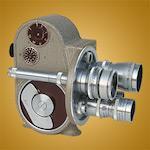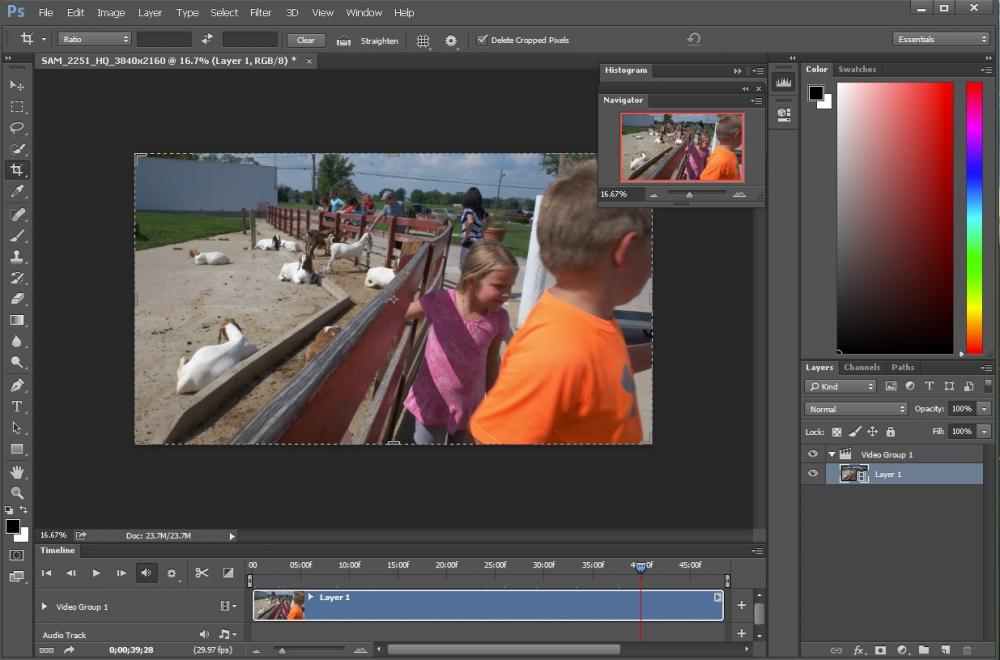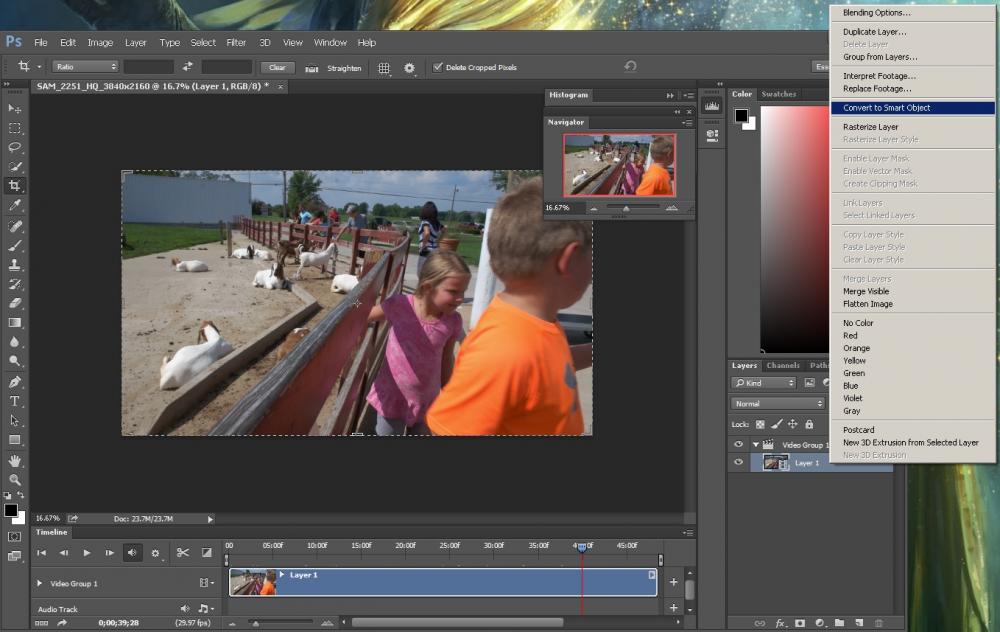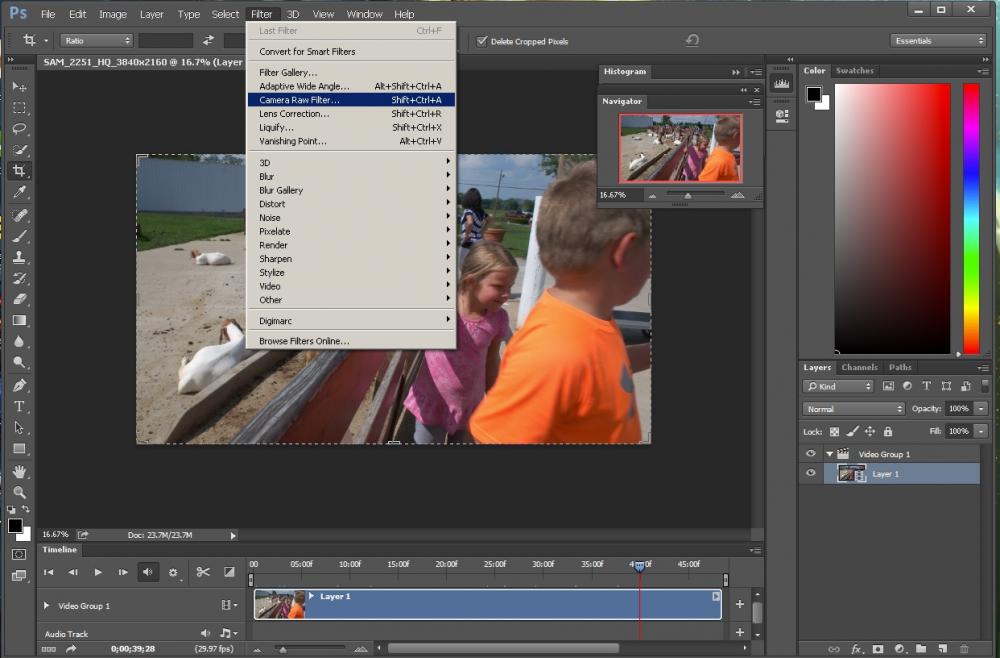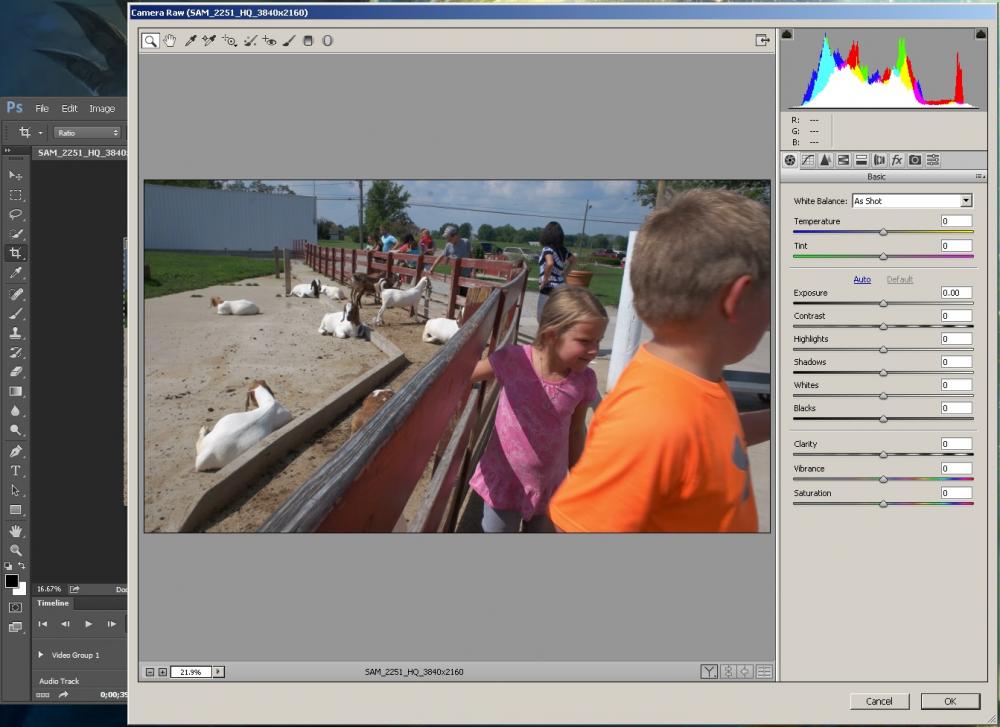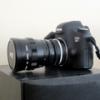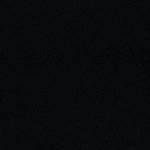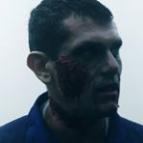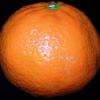Leaderboard
Popular Content
Showing content with the highest reputation on 09/09/2015 in all areas
-

GH4 V-Log $99
jonpais and 2 others reacted to TheRenaissanceMan for a topic
I suppose color is relative, and I wish I could love Canon color the way others seem to, but I've just gotten frustrated with its problem with red. From Art Adams: "A while back I tried to match a Canon C300 to an Alexa. I got close, but only because Alexa is generally the most color accurate camera I’ve worked with and matching any camera to it usually results in accurate color. The exception to this is red. Under tungsten light my new C300 settings looked pretty good, but under daylight the slightest hint of red in flesh tone skewed the toward magenta. This is a really ugly look for a face, so I discontinued use of those settings. (I did get a number of emails from satisfied customers, though.) Canon's reds are generally skewed a bit toward yellow. My theory is that skin imperfections that are normally red melt away when their color is shifted toward yellow, making them appear less red and more like flesh tone. Any attempt to "fix" this on the part of the user causes an overcorrection that pushes red toward blue, making imperfections stand out even more." I don't want to sit here like "sorry my eyes are so much better than yours," but...I like bold colors in my work, and orangey reds just don't play well to that. This shift in Canon's reds also smooshes (technical term) some shades of red/orange/pink into each other a bit, losing accuracy in that area of the vectorscope. For comparison, check out the Panasonic video at 1:51--the almost burgundy red on the left and all the tiny variations in the brighter red on the right. Look at 2:07, where each of those pinkish, purplish, and reddish folders are all distinctly different colors, and different again from the gentler reds on the wallpaper. That kind of subtle hue discrimination has been the trademark of Panasonic's pro-division cameras since the Varicam, and it gives the image a level of subtlety and realism that I've never seen from a hybrid camera until now. To me, there's no comparison. But YMMV.3 points -
The Quiet Escape regraded - shot on nx1
deleted user and one other reacted to Ed_David for a topic
I think the secret is sending off to cineon then to a film print stock via visioncolor impulz - and it makes it more interesting - to raise the blacks slightly on the film print. Anyway let me know what you think - it's interesting to try to bend the ftg to make it feel older.2 points -
New iPhone 6S camera shoots and edits 4K video
TheRenaissanceMan and one other reacted to Lift-Up for a topic
Am I the only one who thinks that those high frame rates are useless?? The bitrate is so low... The videos always look like a crappy 360p video, full of artifacts!2 points -

Canon announces development of 8K Cinema EOS camera and 120MP DSLR
TheRenaissanceMan and one other reacted to tupp for a topic
Certainly, the scope of the convergence of form factor and hybrid concepts will synergistically target future-proof users and compellingly empower technically sound bandwidth to optimize superior functionalized systems and streamline value-added catalysts for heightened verticals.2 points -
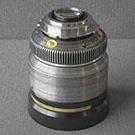
SLR Magic has 3 new anamorphic lenses in m43 mount
Bioskop.Inc and one other reacted to richg101 for a topic
'suggested aperture setting: t4-t5.6' huge price for a set of lenses that need to be closed down 2 stops in order to be used on m4/3. the iscorama and a 35/2, 50/1.4 and 85/2 does all of the above and more, and can be used wide open all day long on s35!2 points -

Premiere Pro now supports H.265
neosushi and one other reacted to Don Kotlos for a topic
It is one thing to support a codec, and another to provide a smooth editing experience. Hopefully with the proper hardware support transcoding will not be necessary.2 points -

Canon announces development of 8K Cinema EOS camera and 120MP DSLR
duffman and one other reacted to LimitBreak for a topic
I hope all their high end cameras come with 8k and 16k 12 bit 4:4:4, so that their regular DSLRs get 4K 10 bit 4:2:2 lolz2 points -
Maybe I should get back into selling diffusion filters . . . 'cause I don't know one actor/actress who wants to see their pores reproduced in 8K detail.2 points
-
Announced this week at IBC. Good for NX1 users..1 point
-
I think based on Phil's FS7 slow motion video I have an idea of what he does to grade which I always liked. I recolored my slo mo fs7 video with same style: Basically I think he applies even to sony cameras in filmconvert an arri alexa lut - probably fuji eternal and or kodak 5219 - and raises the shadows up - milky shadows. From here he just affects the offset and plays with sharpness over the final image. The alexa lut in filmconvert gives really nice greens and blues as a starting point. I did that plus went to a kodak release print by going after filmconvert to rec 709 generic impulz luts to a cineon then off to a film print. But not every video is the same technique at all and not one lut works well for each video - each is different depending on scene - color balance - etc - but I like the rich look he got out of the fs7 and it made me reevalutate the camera. I am now pro the fs7 again and think the fs1 will be a pretty amazing camera. I am still completely mesmorized by color - by how it all works - to get good skin tones but also to create looks that feel unique and interesting. It's a very patient and experimental artform. I no longer think we should all be trapped to c300 for skin tones - great skin tones and feel can come from s log 3.1 point
-
not stupid at all so filmconvert takes log or rec709 (normal standard footage like from canon 5d) and converts to a film-like color palette in rec 709 space. From here I go from rec 709 to cineon color space - created by Kodak to maximize color fidelity and exposure information. From there then I modify it with an impulz lut then go to the final print - the film print - which I then modify at the end too. SO basically I color the footage in three stages - each stage effects the rest - it's pretty amazing - it's like a three tier coloring process. Each stage's color work effects the next. Sometimes I put too much blue in the shadows of the final print - but it all is exploding my brain - coloring is fascinating. I wish I knew more - and I am learning on my own and if others have ideas I'm proud of my new work on this sony f35 thing I did - really making the final print have some interesting turn to the brighter greens and feeling meetier and more organic.1 point
-

Adobe Lightroom-like video colorgrading
BrorSvensson reacted to Shield3 for a topic
Also, if you want to grade a video exactly like Lightroom (for the most part, with the ACR control panel): Use a recent version of Photoshop. Open a video file. Right click on said video, and select "Convert to smart object". Then you will see the Raw filter available from the filter menu. Quick 4 step process (obviously once graded you hit "File / Export video". The rendering process isn't too quick, but I've had good results.1 point -
New iPhone 6S camera shoots and edits 4K video
sanveer reacted to BrorSvensson for a topic
1080p at 120fps is a very notable upgrade too, before it was 720p1 point -
Nx1 W/ Shogun/Ninja Assasin
Marco Tecno reacted to BrorSvensson for a topic
IBC is this weekend, they will for sure announce it there1 point -

iPhone 6S launch and 4K topic
BrorSvensson reacted to LimitBreak for a topic
Will this start the 4k Devices flood, the must have in 2016 ? I hope so...1 point -
iPhone 6S launch and 4K topic
Marco Tecno reacted to BrorSvensson for a topic
Iphone 6s is anounced now, 4k video 12mp camera and the most important feature its comes in golden pink1 point -
right! for me making a lut in lightroom or photoshop is a quick and easy way to make lumetri in premiere a lot more useful – i do both~! im p much just making luts to do gamut correction on my f------ bizarre slog2 footage, using that as an input lut in lumetri and having fun from there~! the real time playback in premiere w lumetri is why im trying to use it in the first place.... and bc of the the lightroom/acr simplicity that i am so familiar with regarding the op: BrorSvensson, premiere seems to be quite literally and figuratively the answer to your question as these guys have said; adobe has self consciously been adding more 'simple' color features in premiere, pushing its ultimate functionality more in the direction of speedgrade but with a bit of that lightroom easiness. im looking forward to a lumetri interface in the future that is even more like lightroom, w more power to adjust color like hue vs hue controls/etc. the weirdest thing to me about lumetri atm is the curves....... anybody else kno what im talking about here...??? the controls are... awkward. its sticky in a bad way and it just seems way too hard to drag the black and white points around.... i mean how many programs use curves lol? why cant that feel more like photoshop anyway, i fully support the continued evolution of a lumetri that is more like lightroom than speedgrade, a more acr-friendly slider interface, but considering PP 2015 is the first time lumetri has appeared i think its p cool1 point
-
I'm just going to start outright with my plan - RX10 M2, setting the Zoom lens to around 50mm and an Anamorphot x2 from SLR Magic with their Range Finder. The slow mo is extremely appealing to me and my next line of work coming up. BUT I just read a review from Andrew Reid saying the zoom lens isn't the best set up for anamorphic... Is it still doable either way? I need to transition into 4k and the slow mo perks would be amazing, but I'd like to stay in the RX10 range of budget (say under $2500). What are my options? GH4 would be my first thought especially with the anamorphic idea... That slow mo is sad to let go though...1 point
-
I was told SLR lenses are made by http://www.zyoptics.net/ from China. So the price should have lots of drop space.1 point
-
1 point
-

iPhone 6S launch and 4K topic
maxmizer reacted to David Chapman for a topic
So if the iPhone 6s does shoot 4K video, how will you watch 4K video on a 4K tv? 1. Upload 4K video to YouTube and view in the 4K tv's native YouTube app (highly doubt) 2. Connect iPhone 6s to TV with special HDMI 2 connector to play off of phone (mildly doubt) 3. Play directly from iCloud Photo Library with 4K compatible Apple TV (possible) 4. You can't watch it at all unless you have a 5K iMac (lols)1 point -

Adobe Lightroom-like video colorgrading
1tkman reacted to AaronChicago for a topic
Yeah man the newest Premiere has a great Lumetri Color Panel that is like Lightroom.1 point -
1 point
-
Mixing 1080 and 4k in a Feature Doc Film? + New Camera Question?
User reacted to Bioskop.Inc for a topic
The Doc Searching for SugarMan (2012) used all sorts of different camera footage - he ran out of money & had to resort to using his iPhone (not one of the new ones, but one circa 2010/11) to film a portion of it. So might be worth doing some research on what cameras they used & the tricks they employed to mix'n'match different quality footage. The one thing I do know about the iPhone footage, was that he used an App that simulated s16mm style footage. Must be lots of tricks out there...1 point -
SLR Magic has 3 new anamorphic lenses in m43 mount
nahua reacted to Bioskop.Inc for a topic
Kind of a Catch 22 situation going on here: Low Budget filmmakers want an all-in-one anamorphic, but they are difficult & costly to make. Judging from their previous offerings, i just don't think SLR Magic are going to deliver something that's going to have enough of the WOW factor that people are looking for, at a price that they can afford or are willing to pay. I agree with Rich here, if you're going to invest in an anamorphic lens, the Iscorama is still the go to adaptor/lens. Also, you've got to consider that by being able to pair them with different taking lenses, you can drastically change the look of your projects & so aren't stuck with one look specific look, but a variety. The market place has just been blown wide open with the Rectilux Core DNA & the SLR Rangefinder, so now Dual Focus Anamorphics have become much more user friendly - shit, you could buy a couple or more & it'll still be cheaper. I know that there aren't that many pre-36s or non-MC 36s out there, but the hype that they are the best Iscorama just does my nut in. Yes i've owned one & yes i sold it - I prefered the look of the Kowa for B&H, was prepared to endure the extra hassle & the extra cash in my pocket. Just remember that you can get MC anamorphics to flare - in the recent-ish Star Trek film they shone really powerful torches/lights into them to really get the lenses to flare in a crisp over the top way. I recently encountered this with an MC lens whilst filming a concert & I wasn't even in control of the lighting! When i've got time, i'm going to try & demonstrate this, which will hopefully dispel some of these myths. But having said all that, I do tip my hat to SLR Magic for actually making them & really hope that they have come up with the goods.1 point -

SLR Magic has 3 new anamorphic lenses in m43 mount
Flynn reacted to Zak Forsman for a topic
I was wrong. The 35mm 2x and 1.33x lenses are $2500 and the 50mm and 70mm lenses are $3000 each. 2x Technical Data: SLR Magic ANAMORPHOT-CINE 35mm T2.4 SLR Magic ANAMORPHOT-CINE 50mm T2.8 SLR Magic ANAMORPHOT-CINE 70mm T4 Lens Type: Anamorphic lens Squeeze factor: 2x Camera mode: 4:3 Anamorphic Objective front filter thread: Φ82 Mount: micro four thirds Lens Coating: Multi Coated Close Focus: 3’6 Weight (oz./g): 47.9/1,360 Length (cm): 19.25 Diameter (cm): 10 Suggested aperture setting: T4-5.6 Image Circle: mFT for 35mm T2.4, S35 for 50mm T2.8 and 70mm T4 MSRP : $2,499 for SLR Magic ANAMORPHOT-CINE 35mm T2.4 $2,999 for SLR Magic ANAMORPHOT-CINE 50mm T2.8 $2,999 for SLR Magic ANAMORPHOT-CINE 70mm T4 1.33x Technical Data: SLR Magic ANAMORPHOT-CINE 35mm T2.4 SLR Magic ANAMORPHOT-CINE 50mm T2.8 SLR Magic ANAMORPHOT-CINE 70mm T4 Lens Type: Anamorphic lens Squeeze factor: 1.33x Objective front filter thread: Φ82 Mount: Aluminium PL or Titanium PL compatible with optional EF adapter Lens Coating: Multi Coated Close Focus: 3’6 Weight (oz./g): 38.8/1,100 Length (cm): 13.5 Diameter (cm): 10 Optional accessories: PL to EF adapter Suggested aperture setting: T4-5.6 Image Circle: S35 for 35mm T2.4, FF for 50mm T2.8 and 70mm T4 MSRP : $2,499 for SLR Magic ANAMORPHOT-CINE 35mm T2.4 $2,999 for SLR Magic ANAMORPHOT-CINE 50mm T2.8 $2,999 for SLR Magic ANAMORPHOT-CINE 70mm T41 point -
Thought I'd better mention that I've started some development work on faster then light travel. Will keep you updated every few years. Gonna be great.1 point
-

Canon announces development of 8K Cinema EOS camera and 120MP DSLR
TheRenaissanceMan reacted to Emanuel for a topic
Codecs will have to follow that, as well; as same as for example, H.265 is a fair improvement of the predecessor. And not forget it is a delivery tool, no more no less. Specialized tools always existed and ruled when we have the need of them. Except when they are not needed... : D That said, I hope HFR will never win the race. But, I guess high pixel density will. a7RII is the ultimate proof of it. No surprise so many people bash it. It happened the same with RED. Anyone here has memory of the reaction on the specialized forums? People hated it when started to see newcomers to take place. Today, 4K is norm at prosumer level acquisition. Funny, to say the least. HFR will never be, though! : P1 point -
Nx1 W/ Shogun/Ninja Assasin
Marco Tecno reacted to BrorSvensson for a topic
dont forget that h.265 will be supported in premiere this weekend1 point -
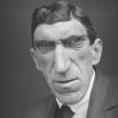
Canon announces development of 8K Cinema EOS camera and 120MP DSLR
TheRenaissanceMan reacted to buggz for a topic
Bah, I STILL want a big pixel(note, this different than megapixel) *CCD* sensor body with NATIVE ISO 64, or below! Guess CCD is so dead, never happen, but I still dream... "Bring back ASA 25!"1 point -
Diffraction's going to be the biggest issue. The 5DS already shows diffraction losses at f/8, so not only will you be pushing your lenses to their limit, but you'll also be shooting them at apertures no smaller than f/2-2.8. We're reaching the point of diminishing returns. SD to HD was a quantum leap in quality. HD to 4K was small but noticeable--more useful for post than anything. Most theaters still use 2K projectors, and almost all films are only mastered in 2K. Most DPs even consider 4K too much resolution to shoot people without using diffusion to offset the harshness. The Epic Dragon with its 6K resolution was crazy. Luckily, RED was smart enough to use a bit of diffusion in the filter stack and digital pipeline, so we still had enough detail to downsample or crop down for a nice crisp 4K delivery. They also touted it as a way to shoot world-class video and still simultaneously, but it hasn't really worked that way in practice due to the lack of flash support and the fact that good video and sharp stills require completely different shutter speeds. Besides, 4K was more than enough for magazine covers as it was. I don't see the point of 8K. To me, the resolution race is over. We have far, far more than we need. I can see one or two 8K cameras for special cases/effects; they'll be for resolution what the Phantom Flex is for slo-mo. But to act like this will be anything like the leap from SD to HD is asinine, because there's only so much detail the human eye can resolve. And guess what? We've already reached that point! At 8-12 feet (the average distance a viewer sits from their TV), the difference between 1080p and 4K is so insignificant that you're basically guessing as to which is which. Contrast ratio, motion rendering, and color gamut/accuracy will make a far bigger difference. In the theater, you're limited by the display resolution, ambient conditions, and how well the projector is maintained. My theater has all 4K projectors, but half of them have a misaligned color panel. Even if it's only off by a couple pixels, there goes your resolution advantage right there. So if home viewers can't resolve it and most theaters won't benefit, what is the value of higher-than-4K resolution? You have bigger file sizes, more cost in post, a more limited selection of suitable lenses, and a boost to your ego. What's the point? Manufacturers need to work on color, ease of use, workflow, heat management, bit depth/tonality, and compression. Resolution is at the bottom of the list. The Alexa's already proven it.1 point
-

Canon announces development of 8K Cinema EOS camera and 120MP DSLR
Xavier Plagaro Mussard reacted to Emanuel for a topic
In Rome, be a Roman : D hey, in any case, that just was the early beginning... the post is a bit longer ;-)1 point -
Premiere Pro now supports H.265
Marco Tecno reacted to ntblowz for a topic
Now its good time to buy NX1!1 point -
Not really understanding the negativity on this announcement. Can only assume the Canon name, coupled with the likely high cost. Worth remembering though, if the flagship C500 II is 8K/60fps then the lower models have room to move up a level without threatening the flagship, eg 4K/24fps and 1080/120fps Probably good news all around.1 point
-
Canon announces development of 8K Cinema EOS camera and 120MP DSLR
tupp reacted to BrorSvensson for a topic
Im more excited for the Sony video camera with the sony A7s sensor. Fullframe 4k > super 35 8k1 point -

Canon announces development of 8K Cinema EOS camera and 120MP DSLR
That Guy reacted to fuzzynormal for a topic
Man, I'll never be able to make my Magnum opus if I keep having to wait for these new cameras to come out.1 point -
Senti... There's a much improvement from 1080HD to 4x 2160UHD, there's no doubt on it (a proposito, I did this comparison Yesterday night on two TV sets with native footage, respectively). On big screen, I've always gotten the difference, night and day on wides, since the beginning when RED delivered it for first time 8 years ago*. So please, let's not try to match tangerines with melons. As second thought, delivery has nothing to do with acquisition. Your SD copy from 4K or 8K capture will really shine much more "natural" when you just accept it as a simple truth à la Palice : D Sharp pictures comprehends softer samples whenever you want. Softness hardly the higher. I was used to this usual mistake when in the early 90s, my video dealer was often trying to convince me that a VHS tape from video recording would equal the 260 lines of a hollywood blockbuster when downsampled. Nyquist is mandatory reading, amico mio! :-) - E. *PS: Never had the chance to watch anything from Dalsa... It just depends on the application as you well know... One thing is a f/1.8 close up, another one a really wide blue sky at noon or sunset... ;-)1 point
-

Canon announces development of 8K Cinema EOS camera and 120MP DSLR
John D reacted to KarimNassar for a topic
8 bit jpeg off the highest dynamic range dslr sensor available, thus why they look good. And I did say give us "better dynamic range" not only higher color sampling and more bit depth. I'd take a high dynamic range 1080p image over a poor DR 4k one anyday. but to each his own.1 point -
Shooting a doc.
Marco Tecno reacted to Sekhar for a topic
Congrats on landing the budget for the doc! What's your project like? The a7 pair will work better for low light, but NX1 will definitely give you better colors (e.g., for nature work).1 point

